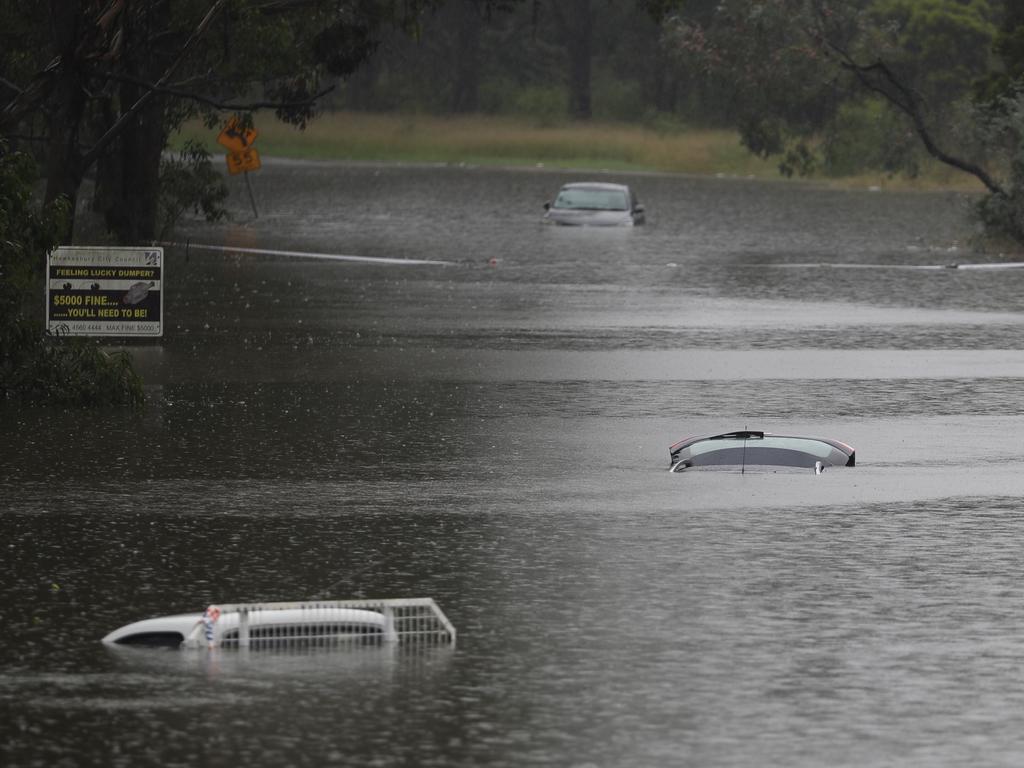Toxic waters hamper floods recovery
Scores of returning residents have been told their homes are no longer habitable because of toxic black water damage.

Dangerous contaminants are causing major problems for emergency services across the NSW mid-north coast, as scores of returning residents have been told their homes are no longer habitable because of toxic black water damage.
While the state’s multi-agency taskforce continues to ramp up its recovery operations along the coast, some residents have been forced to return to evacuation centres or temporary accommodation after hundreds of inspections were undertaken by local health assessors at the weekend.
Residents near north Kempsey were again evacuated in the early hours of Saturday after a major septic leak occurred, impacting more than 50 homes.
At midnight, residents were instructed to have their feet decontaminated in a footbath after the “biohazard material” was detected near Stuarts Point.
Fire and Rescue NSW worked alongside local authorities and police to help move people to a nearby youth centre.
FRNSW Superintendent Rodney Chetwyn said “with the town of Stuarts Point running mainly on septic systems, the groundwater has lifted right up with the flooding and overflowed (many) septic systems”.
Now situated in evacuation centres, residents have been informed that it could take up to a week to properly decontaminate flood-damaged homes, as faecal matter and rotting animal carcasses have been detected across many properties.
Mid-Coast Council mayor David West said the problem was by no means confined to Kempsey. “Right across Taree, Port Macquarie and other regions, we’re seeing grade three black water emerging as a very big problem.
“The extent of it has really shocked us because we’ve never given it an ounce of thought.
“Everything stinks and the really dangerous thing is people are going back into their homes not realising that even marginal black water contamination can compromise house and safety.”
Jamie Pittock at Australian National University’s School of Environment and Society said “floods, like the one we’ve seen, effectively mobilise contaminants and present major health dangers for a long time after they occur.
“Floods can move insecticides and herbicides from farms and businesses, produce mould that can lead to spores, displace dangerous animals and release sewage,” said Professor Pittock. “The key strategic question is to decide how and, critically, where the rebuilding should be done to avoid any future situations of this kind.”
In response to these concerns, the North Coast Public Health Unit has issued a warning against entering “extremely polluted and contaminated floodwater”.
Since the end of last week, the SES and FRNSW have been assisted by Australian Defence Force units from NSW and Queensland. The majority of the 750 troops deployed are concentrated along the mid-north coast in Taree, Kempsey and Port Macquarie.








To join the conversation, please log in. Don't have an account? Register
Join the conversation, you are commenting as Logout